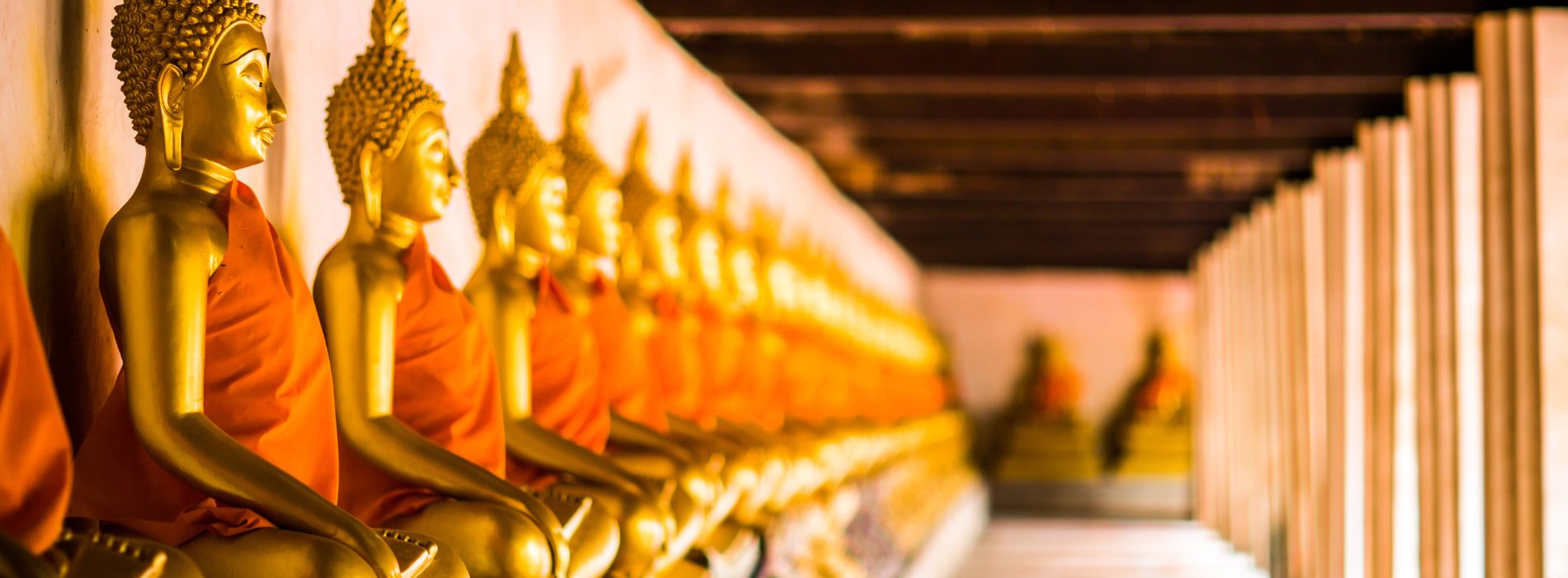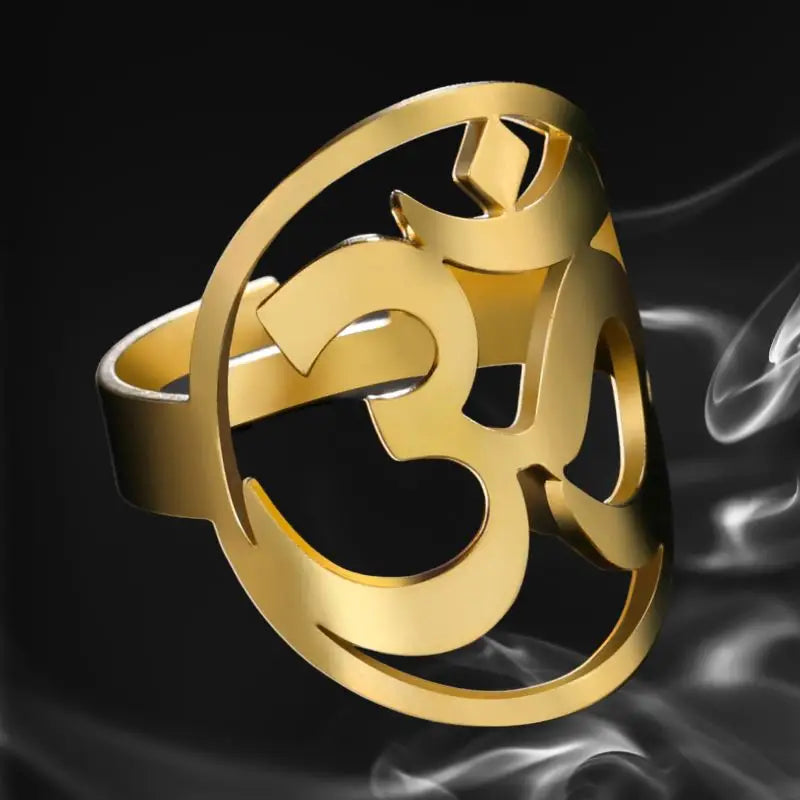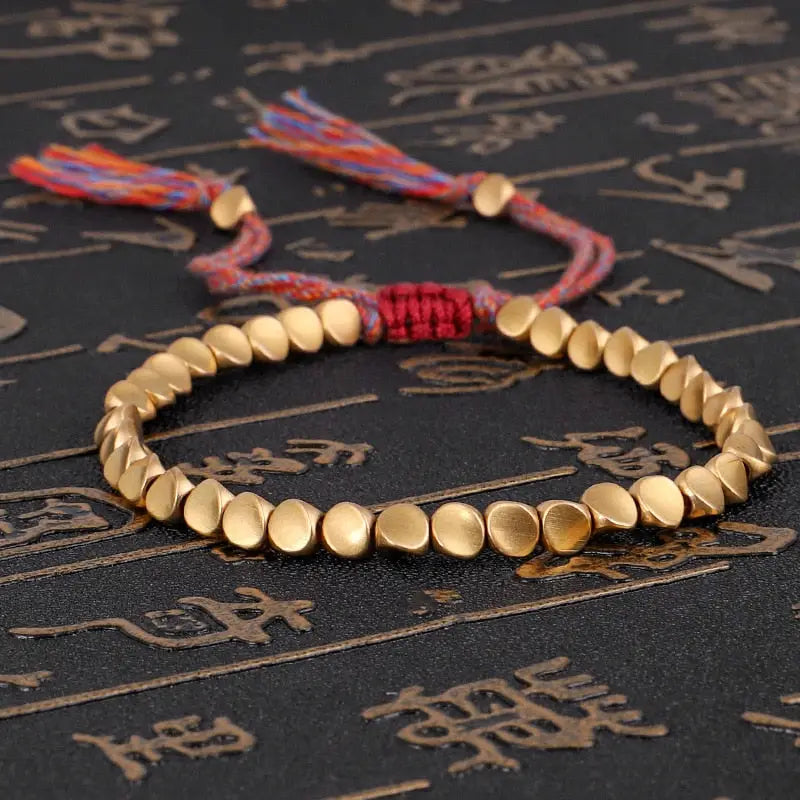What are the different Buddhas?
What are the different Buddhas?
The historical Buddha
The term "Buddha" is often associated with Siddhartha Gautama, the historical Buddha who lived in the 6th century BCE in India. Siddhartha Gautama was a prince who gave up his life of luxury to seek spiritual enlightenment. After many years of meditation and practice, he attained the state of Buddhahood and became the Buddha, which means "the Enlightened One." The historical Buddha is considered the founder of the Buddhist religion and the first Buddha of our era.
The teachings of the historical Buddha are based on the Four Noble Truths, namely suffering, the origin of suffering, the cessation of suffering and the path to ending suffering. suffering. The historical Buddha also taught the concepts of karma, reincarnation and compassion towards all living beings.
Contemporary Buddhas
Besides the historical Buddha, there are also other Buddhas who are worshiped in different Buddhist traditions. These Buddhas are considered emanations of the historical Buddha and represent different qualities and aspects of enlightenment. Among the best-known Buddhas are:
- Amitābha: the Buddha of infinite light and eternal life.
- Avalokiteśvara: the Buddha of compassion.
- Manjushri: the Buddha of wisdom.
Each of these Buddhas is revered for their specific teachings and is considered a source of inspiration and protection in Buddhist practice.
Buddhas in Buddhist art
Buddhas are often depicted in Buddhist art, whether in the form of statues, paintings, or other forms of artistic expression. These representations are considered to support meditation and contemplation in order to cultivate the qualities and teachings of the Buddhas.
Statues of Buddhas are usually decorated with symbols and mudrās, symbolic hand gestures that represent different qualities and aspects of enlightenment. For example, the right hand raised in the blessing position represents protection, while the left hand resting in the gesture of meditation symbolizes concentration.
Buddhist art thus offers practitioners a visual representation of the Buddhas and their teachings, thus helping them in their spiritual journey.
The celestial Buddhas
In addition to contemporary Buddhas and the historical Buddha, there are also celestial Buddhas who are venerated in certain Buddhist traditions. These celestial Buddhas reside in celestial realms or heavens and are considered supreme, enlightened beings.
The best-known celestial Buddhas are:
- Bhaisajyaguru: the Buddha of medicine and healing.
- Akshobhya: the Buddha of the transformation of anger into wisdom.
- Vairocana: the Buddha of purity and emptiness.
The veneration of the celestial Buddhas
The veneration of celestial Buddhas is a widespread practice in certain Buddhist traditions. Devotees pray and make offerings to the heavenly Buddhas for their blessing and protection. They believe that worshiping the heavenly Buddhas can help them reach the celestial realms after death.
Meditation on the heavenly Buddhas is also a common practice. Practitioners use the image of the heavenly Buddhas as an object of meditation in order to cultivate the qualities and teachings represented by these buddhas.
Venerating the heavenly Buddhas and meditating on their image are ways of connecting with these Buddhas and drawing inspiration from their teachings in Buddhist practice.
Celestial Buddhas in Buddhist art
The celestial Buddhas are also depicted in Buddhist art, often surrounded by other deities and sacred symbols. Their representation in Buddhist art allows practitioners to visually connect with these Buddhas and be inspired by their qualities and teachings.
Artistic representations of celestial Buddhas are generally rich in detail and symbolism, and bring an aesthetic and spiritual dimension to Buddhist practice.
The Buddhas to Come
Besides the contemporary Buddhas, the historical Buddha and the celestial Buddhas, it is also said that there will be Buddhas to comein Buddhism. These future Buddhas are considered to be future emanations that will continue the work of the historical Buddha.
The best-known future Buddha is Maitreya, also called the Buddha of the Future. According to Buddhist tradition, Maitreya will come to Earth in the distant future to teach the teachings of the historical Buddha and guide beings towards enlightenment.
The teachings of the Buddhas to come
The future Buddhas are considered bearers of the future teachings of Buddhism. They are worshiped in the hope of benefiting from their teachings and spiritual guidance.
The belief in the coming of future Buddhas reminds practitioners of the importance of Buddhist practice in the present and the hope for a better future through the enlightened teachings of these >buddhas.
By cultivating the qualities and teachings of the future Buddhas, practitioners can move closer to enlightenment and the path blazed by the historical Buddha.
The representation of the Buddhas to come
The future Buddhas are also depicted in Buddhist art, although their representation is less common than that of other Buddhas. When depicted, the future Buddhas are often shown seated in the lotus position, a symbol of enlightenment, and surrounded by symbols of prosperity and happiness.
The depiction of future Buddhas in Buddhist art reminds practitioners to aspire to enlightenment and wisdom, and to follow the teachings of the historical Buddha > and contemporary Buddhas in their spiritual practice.
In conclusion, Buddhas represent different aspects of enlightenment and are revered in Buddhism for their teachings and spiritual guidance. From the historical Buddha to the contemporary Buddhas, including the celestial Buddhas and the future Buddhas, each >Buddha embodies specific qualities and teachings that guide practitioners on the path to enlightenment. Whether through Buddhist art, prayer, meditation or contemplation, the presence of Buddhas is a source of inspiration and connection in Buddhist practice.















































